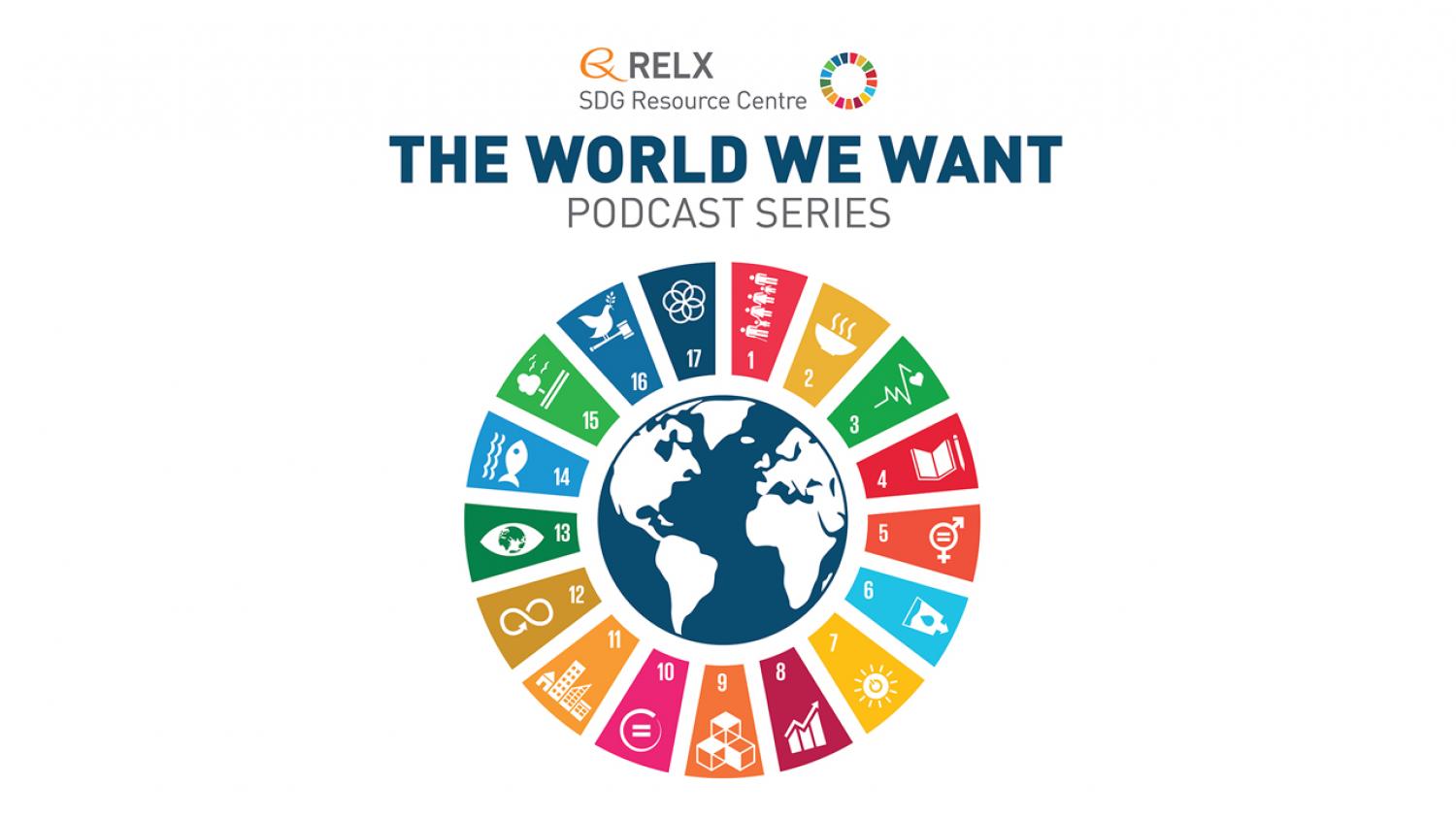This research has uncovered the conflicts between solar-energy development and the conservation of threatened bird species. A comprehensive analysis has revealed that a staggering 97.4% of regions with significant solar-energy potential overlap with the ranges of multiple endangered bird species. Even more alarming is the fact that over 17.0% of these areas are home to at least 10 threatened bird species. These findings highlight the urgent need to address the potential negative impacts of solar-energy projects on avian biodiversity.
This article demonstrates a cost-effective way to leverage green hydrogen to decarbonize the global energy system.


